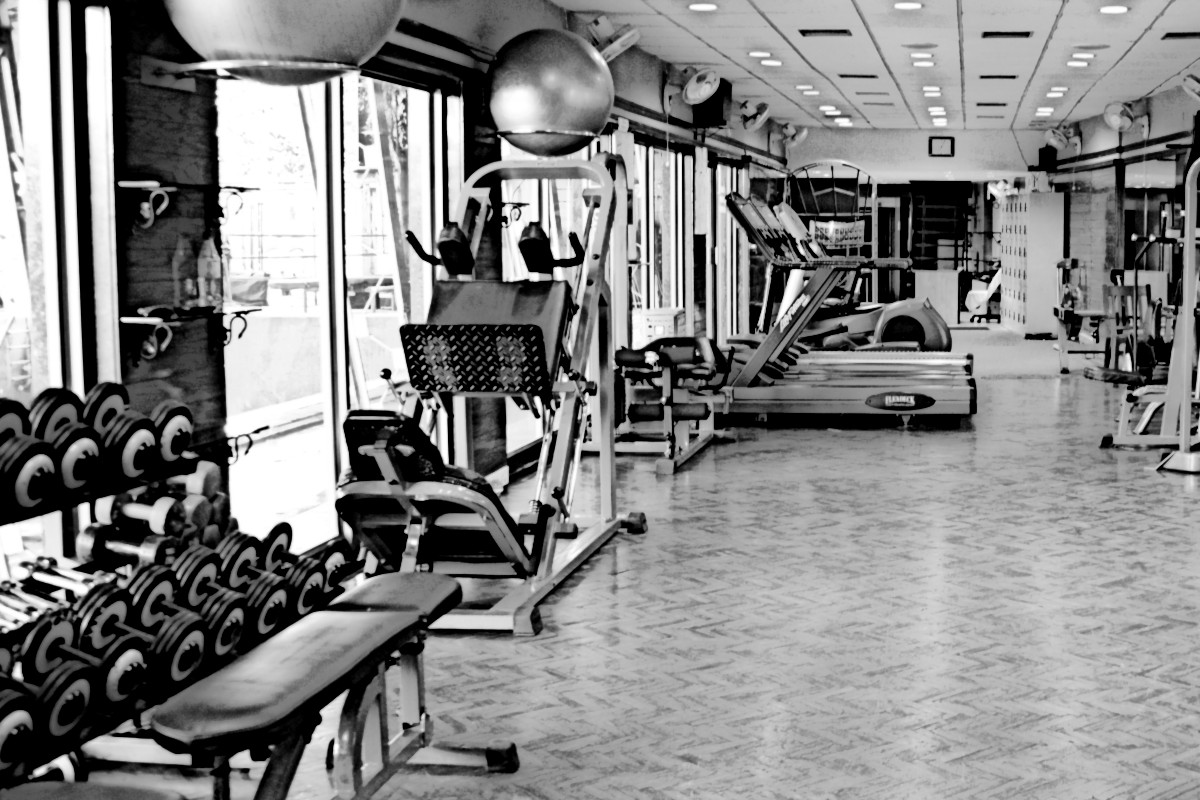
Embarking on a fitness journey often involves a delicate balance between pushing your limits and allowing your body the essential time to recover. The interplay of intensity and recovery is the cornerstone of sustainable fitness, ensuring not only progress but also the longevity of your well-being.
The Perils of Overtraining: Recognizing the Signs Intensity in workouts is undoubtedly crucial for growth, but pushing too hard without adequate recovery can lead to overtraining. Recognizing signs such as persistent fatigue, disrupted sleep, and a decline in performance is crucial. Pay attention to your body's signals, and be willing to adjust your training intensity when needed.
Strategic Rest Days: Embracing the Power of Recovery Rest days are not a sign of weakness but a strategic component of any well-rounded fitness routine. They allow your muscles to repair, preventing burnout and reducing the risk of injuries. Embrace rest days with intention, engaging in light activities like walking or gentle stretching to support recovery.
Sleep: The Unsung Hero of Fitness Recovery Quality sleep is often underestimated in its role in fitness. During sleep, the body undergoes essential recovery processes, including muscle repair and the release of growth hormone. Prioritize sufficient, restful sleep to enhance your body's ability to adapt and thrive in response to your training efforts.
Nutrition as Recovery Fuel: A Vital Component Proper nutrition is not just about fueling your workouts; it's a critical aspect of recovery. Ensure your diet includes an adequate balance of macronutrients and micronutrients to support muscle repair and overall well-being. Consider post-workout nutrition to replenish glycogen stores and kickstart the recovery process.
Active Recovery: Movement for Restoration While rest days are valuable, incorporating active recovery can enhance the overall recovery process. Gentle activities like yoga, swimming, or cycling promote blood circulation, reduce muscle soreness, and contribute to increased flexibility. Tailor your active recovery to align with your preferences and needs.
Periodization: Cycling Intensity for Long-Term Gains Periodization involves systematically varying the intensity and volume of your workouts over time. This approach prevents plateauing, reduces the risk of overtraining, and promotes consistent progress. Consider incorporating periodization principles into your training plan to optimize long-term gains.
Mind-Body Practices: Stress Reduction for Holistic Well-Being High stress levels can impede the recovery process and hinder fitness progress. Mind-body practices such as meditation, deep breathing, or mindfulness can help manage stress. Integrating these practices into your routine fosters holistic well-being, creating a positive impact on both body and mind.
Listen to Your Body: The Ultimate Guide Your body communicates its needs and limits through various signals. Learn to listen and respond appropriately. If a particular workout feels too taxing, be open to modifying it. Adaptability is key to a sustainable fitness journey that evolves with your changing needs.
As you navigate the path to sustainable fitness, prioritize the delicate dance between intensity and recovery. By embracing rest, optimizing nutrition, and incorporating mindful practices, you set the stage for a fitness journey that not only transforms your body but also enhances your overall well-being. Remember, it's not just about the destination; it's about enjoying the journey and ensuring it lasts a lifetime.
Please be advised that I am not a licensed medical professional or a certified fitness trainer. The information presented on this blog is solely for informational purposes and should not be misconstrued as medical advice. Before embarking on any new exercise regimen, way of performing an exercise or dietary changes, it is crucial to seek guidance from your healthcare provider. Always prioritize your physical well-being and discontinue any activity that causes discomfort or pain. This blog serves as a platform for sharing personal experiences and perspectives, not as a substitute for professional medical or fitness advice. Please exercise due diligence and consult with a qualified healthcare professional before making any significant changes to your health and wellness routine.





